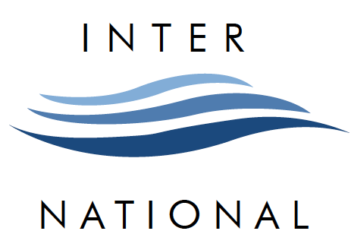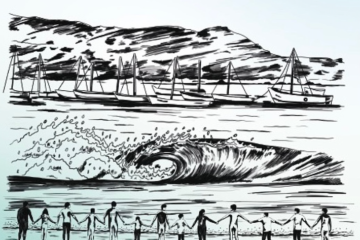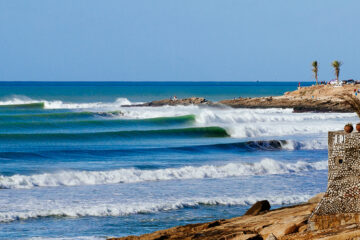In a world facing the challenges of climate change, biodiversity loss and social inequity, the concept of regeneration appeared as a powerful solution. We have all heard about traditional sustainability, which aims to preserve the current situation. The regenerative approach however seeks to restore ecosystems, communities and economies to a healthier situation than before.
What is a regenerative approach?
A regenerative approach is a process of restoring systems to their fullest potential. It is not just about fixing what is broken but aiming to create systems that are vibrant and capable of thriving over the long term. Regenerative practices prioritize the health and well-being of all stakeholders. This concept can not only be applied to environmental restoration, social and economic revitalization, but surfing as well.
What do regenerative approaches look like?
Now let’s explore some regenerative concepts:
Regenerative Agriculture
With our population increasing, the demand for food is higher than ever. Regenerative agriculture offers a solution by restoring soil health, increasing biodiversity, and improving water cycles. By adopting indigenous practices like crop rotation, cover cropping, and agroforestry, we can ensure that our agricultural systems remain productive and resilient, providing nutritious food for generations to come.
Regenerative Travel
Tourism is a powerful tool for economic development, but it must be done thoughtfully. Regenerative travel emphasizes leaving destinations better than we found them. This means values-driven experiences that support local communities with human and financial resources, preserve cultural heritage, minimize environmental impact – in essence – do their best to be regenerative. By choosing eco-friendly accommodations, participating in conservation and cultural heritage efforts, and learning about local traditions, travelers can make a positive impact.
Regenerative Surfing
Surfing is not just a sport, it can be a way of life. It can be a means to connect with other people, ourselves and the ocean. The intimate connection to the ocean makes us want to advocate for its protection. Through initiatives like coastal erosion mitigation, sand dune stabilization, youth marine conservation projects, regenerative surf tourism, and surf therapy, we can ensure that our coastlines, soil and the people visiting are healthy and connected. At WAVES International we do our best to use surfing as a tool to inspire youth, connect with others and take action in our own communities.
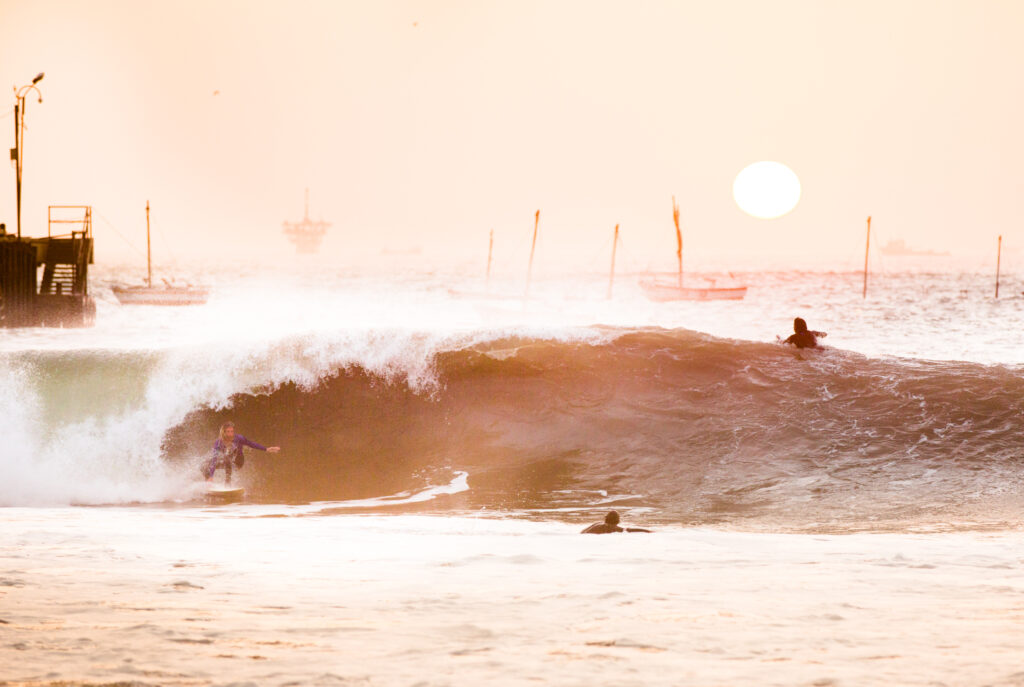
Who can be regenerative?
You
As an individual, you can contribute to regenerative methods by adopting not only sustainable practices, but regenerative ones in your daily life. For the environment for instance, if you are a sea lover and enthusiast who regularly enjoys the ocean and nature’s beauty, you are probably naturally sensitive to the need to protect our oceans. So a simple gesture in this direction is to choose the most environmentally-friendly equipment. In fact, there are several alternatives when it comes to wax, surfboard, wetsuit and sunscreen. Few people know it, but wax is in fact created largely from petrochemical ingredients. Fortunately, there are more and more natural alternatives, such as the Surfrider Foundation’s eco-responsible wax.
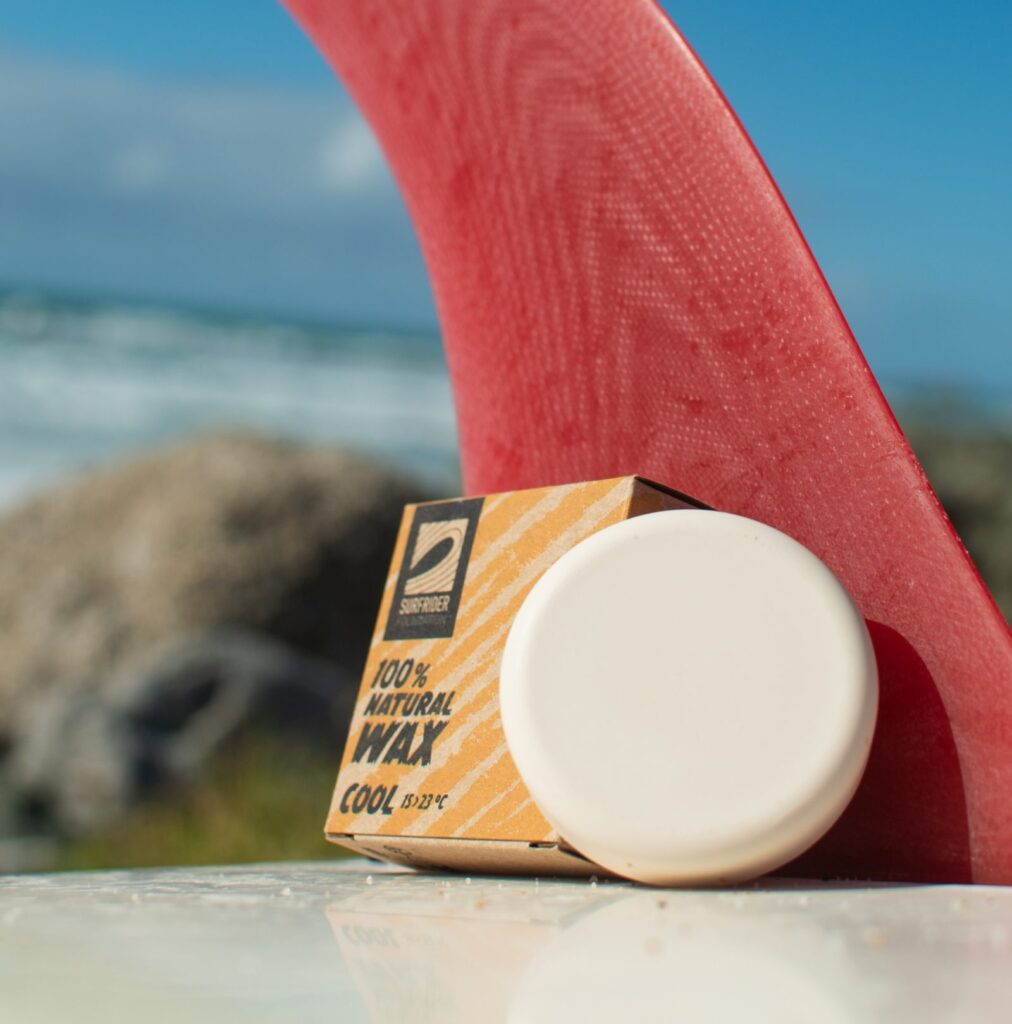
Volunteers
They can play a crucial role by dedicating their time and skills to support regenerative projects. For instance, they can participate in beach clean-ups or educational programs. At WAVES Lobitos, volunteers contributed to numerous projects by offering surf, English, and business classes, art workshops, participating to different programs like the Environmental Health program (link to the video) as well as building structures like a skate ramp (link to the skate ramp story) but also creating images (photos and videos) to document the projects’ lives. Every new idea is welcomed and viewed as an opportunity to develop the project. Plus, the volunteer position is a double win, since the volunteer not only gives, but also receives in return. Indeed, the volunteer learns more about the culture through rich cultural exchanges with local communities, sharing knowledge and learning about traditions and customs. Volunteers emerge from this experience more aware of people, the environment and themselves.
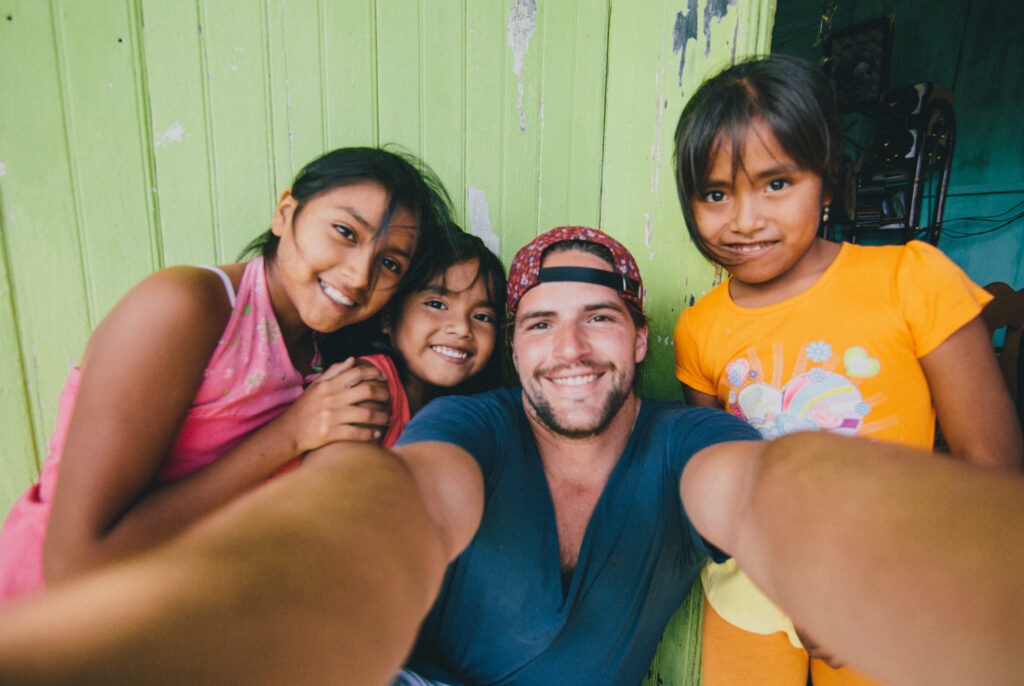
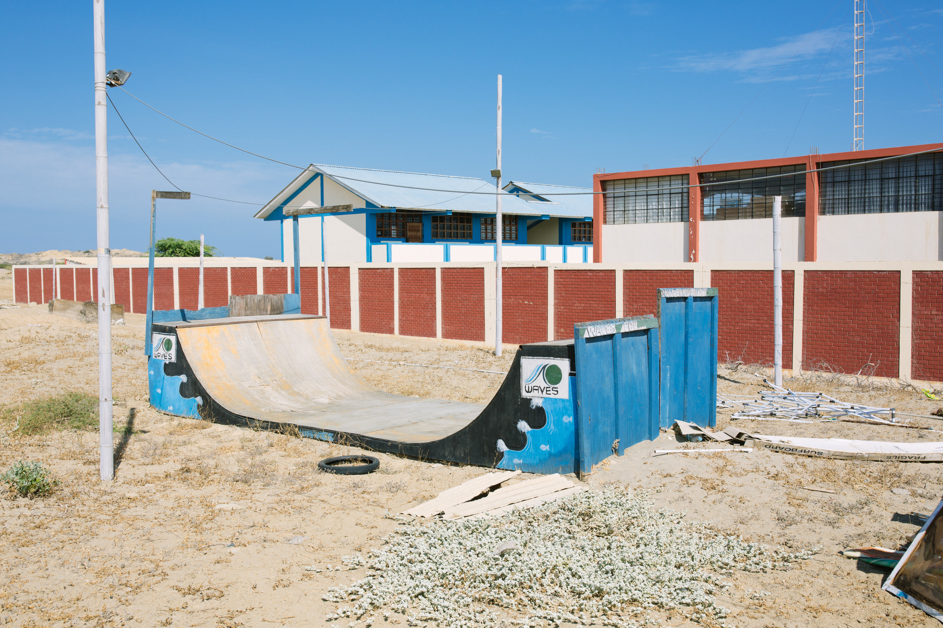
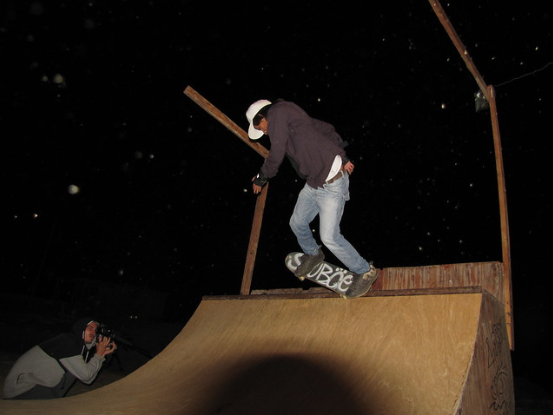
Non-Governmental Organizations
Organizations like WAVES international implements regenerative initiatives by integrating community development, education and environmental conservation through their projects. For instance, the organization supports local businesses by providing business training but also micro credits (link to the business course story), which help communities develop economically in a way that does not exploit natural resources but instead maintains and enhances them.
Communities
Local populations are directly involved and benefit from regenerative practices. At WAVES Lobitos, families and young people’s lives have changed for a healthier living environment, more opportunities for creativity and conservation, more education and more earning potential. As an example, some people who came as children to participate in the activities are now helping and for some of them leading the operations.
Donors
It is possible to participate in regenerative initiatives for people and entities by financial support. (for more info, click on the link)
Companies
Businesses that implement sustainable and regenerative practices in their operations.
REGENERATIVE SURF
WAVES International
At WAVES International we believe Acting Local & Surfing Global can be regenerative. The organization aims to create positive social, environmental and economical change by using surf as a tool for sustainable development. Indeed, driven by a passion for surfing and a commitment to social and environmental justice, WAVES International is implementing regenerative initiatives in order to create lasting positive impacts. We introduced you to some of them earlier in the article, feel free to click on the links to know more about it !
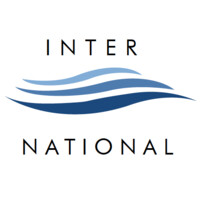
If you are eager to dive deeper into the world of regenerative surfing, we invite you to join us at our annual regenerative surf congress (link to the 2023 edition). This event offers a unique opportunity to connect with like-minded individuals, exchange ideas, celebrate successes, discuss challenges, and share valuable knowledge. Together, we will develop new skills, introduce innovative concepts, and explore exciting new projects.
ILLUSTRATION QUOTE
Some of you might have already seen the movie Chasing Mavericks (2012). It is a biographical movie inspired by Jay Moriarity’s true story. The movie tells the story of a young surfer from Santa Cruz, California, who dreams of riding the mythical Mavericks wave, one of the biggest and most dangerous waves in the world. In this movie, one of the main characters, called Frosty Hesson says “We all come from the sea, but we are not all of the sea. Those of us who are, we children of the tides, must return to it again and again, until the day we don’t come back leaving behind only that which was touched along the way.”
I believe we can use this sentence to illustrate what regenerative surf is about. Although the quote originally pertains to something else, I personally feel it fits this concept perfectly. Let me explain my personal interpretation of it.
“We all come from the sea, but we are not all of the sea”. The human body is about 60% of water and water covers about 70% of the earth surface. It is no wonder we all have this attraction to this huge blue liquid body of water called the ocean. While everyone has this attraction, some feel a deeper connection, particularly those who use the ocean as their playground like surfers. When you are “of the sea”, you are not born with this connection, it is a bond that develops over time. Once you have it, you feel the irresistible urge to “return to it again and again”. And with this deep connection to the ocean, comes the desire to protect it, whether you are in or outside the water, in all aspects of your life you think about it. I do not know if you ever noticed that people who start a water sport like surfing or any other outdoor sport, quickly develop a connection to nature and the need to protect it because they realize even more the beauty and the challenges of it. They witness the beauty of a sunset over the sea but also confront the harsh reality of plastic floating around them.
“until the day we don’t come back leaving behind only that which was touched along the way.” This part ties perfectly into the concept of regenerative surfing. As I mentioned earlier, surfers share this deep, almost spiritual, connection to the ocean. Through their constant interaction with the sea, they gain a deep understanding of its rhythms and needs. This unique connection positions them uniquely to advocate for and implement regenerative practices that benefit both marine environments and coastal communities.
As surfers are using the ocean as their playground, they want and can give back to the sea and to people who live by it. And in this last sentence, what we can interpret is that the legacy surfers should leave behind should be a positive one. By adopting regenerative methods, surfers ensure that their presence enhances rather than diminishes the natural beauty and health of the ocean. This includes supporting local economies, promoting education and sustainable practices, and fostering a culture of respect and care for the ocean and local communities. It reminds us that those who are truly of the sea must continuously engage with it, protect it, and leave a legacy of positive transformation for future generations.
